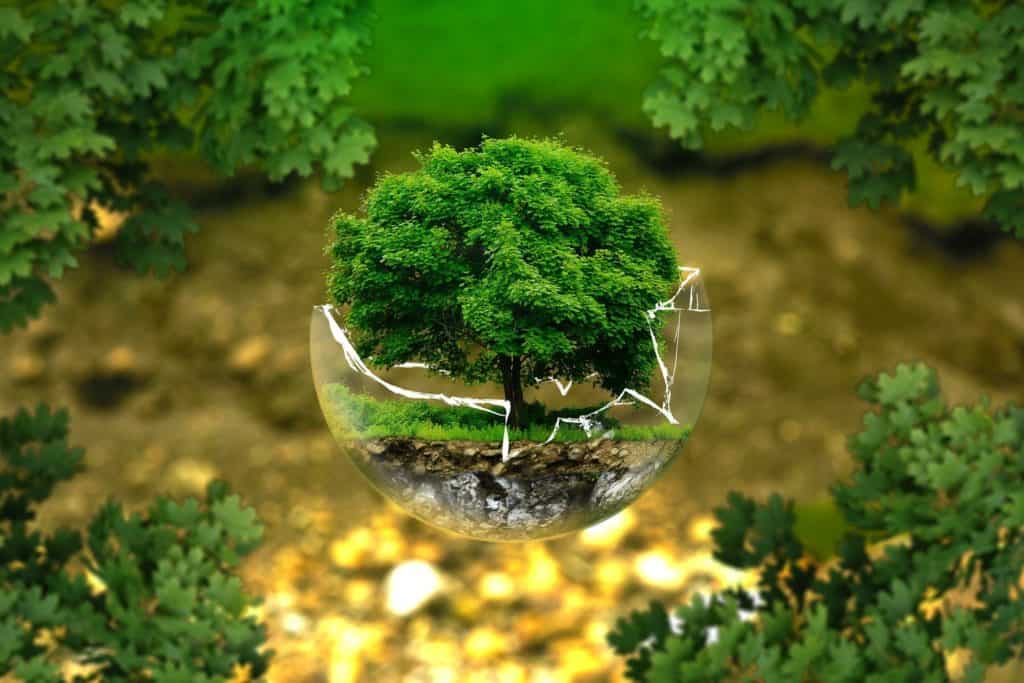Environmental and social experts are urging us all to live a more sustainable life. It certainly sounds like a good thing, and if done properly, it can provide benefits on both a social and individual level.
But what does sustainability really mean? And what does a sustainable life look like?
The Nebulous Definition of “Sustainability”
Unfortunately, it’s hard to pin down a precise definition of the word “sustainability,” as it’s used in so many ways across many different contexts. Environmental sustainability, social sustainability, and economic sustainability, for example, are all disparate concepts that are only marginally related.
When most of us talk about sustainability, we’re talking about environmental sustainability. An environmentally sustainable operation is one that can persist indefinitely without causing significant harm or damage to the environment. As a simple example, imagine that you have 10 trees on your property and every year, you cut down another tree without replacing it. This is not sustainable, as eventually, you’ll be out of trees. If you take the simple action of planting a new tree every time you cut one down, you can make your operation sustainable.
Environmental sustainability is somewhat subjective, and it’s hard to pinpoint exactly how much of an impact various products and activities make. However, we can identify potentially problematic habits and behaviors, then guide people to more sustainable living.
Basics of Individual Environmental Sustainability

Source: twi-global.com
Sustainability is a huge topic. Governments, corporations, and other large organizations shoulder much of the burden of sustainability planning from a high level. But we can also think about sustainability as it relates to an individual level.
What does it mean for an individual to live a more environmentally sustainable life?
Typically, it includes the following:
- Energy/utility consumption reduction. One of your biggest responsibilities is going to be reducing your dependence on energy and utilities, like electricity, natural gas, and water. These resources are either finite, or capable of producing massive amounts of pollution; accordingly, you should consume as few of these resources as possible.
- Product consumption reduction. Similarly, environmental sustainability encourages you to reduce your consumption of products. Having a set of ceramic plates that you wash after every meal is inherently more sustainable than purchasing paper plates and throwing them away whenever you’re done.
- Conscientious consumer decision making. You should also practice sustainability in the form of thoughtful consumer decision making. If you have a choice between two very similar products, and one product is made by a brand that prioritizes sustainability in its operations, consider choosing that brand.
- Voting and activism. Individuals also have the potential to influence higher level decisions by actively voting in elections and practicing more activism.
Examples of Living a More Sustainable Life

Source: wheelsforwishes.org
These principles are on display in the following strategies for individual environmental sustainability:
- Investing in efficient appliances. Efficient appliances are capable of doing more with less energy. They’re designed to help you live a convenient life and carry out your responsibilities without driving up your utility bills or disproportionately consuming resources.
- Reducing total energy use. Any steps you take to reduce your energy consumption can improve your environmental sustainability. Biking instead of driving minimizes what you spend on fuel. Wearing a sweater instead of increasing the temperature on your thermostat minimizes your electricity or natural gas consumption.
- Going paperless. Paper is a commonly used, disposable product made from trees. While modern paper companies attempt to make this process more sustainable by planting new trees in the wake of harvested older ones, it’s still more responsible to eliminate (or reduce) paper usage in your home. Switching to paperless billing is a great place to start, but it’s also important to think about other areas where you use paper; for example, switching to a bidet can almost eliminate your need for toilet paper.
- Growing your own food. Farmer’s markets are generally more sustainable than supermarkets. But it’s even more sustainable to grow your own food, assuming you have the space to do it.
- Reusing or recycling instead of disposing. Instead of throwing things away, consider reusing or recycling them. This way, your products can find new life and you can reduce aggregate consumption.
- Shopping with sustainable brands. More than 96 percent of the world’s top companies are publishing annual sustainability reports. This makes it easier than ever for consumers to practice conscientious decision making. Which brands are most worthy of your economic contributions? How can you support more sustainable businesses?
You don’t have to make unreasonable sacrifices, nor do you need to spend thousands of dollars to live a sustainable life. Every step you take, even on the smallest scale, can add up to have a positive impact on the world – especially if you commit to those steps over the course of a lifetime.



